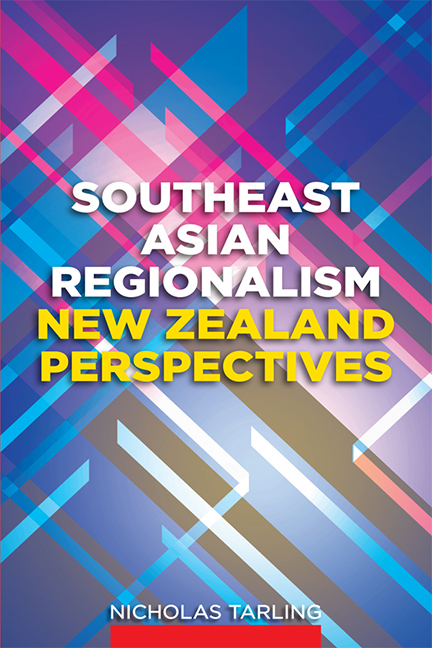From SEAFET To ASA
Published online by Cambridge University Press: 21 October 2015
Summary
It is striking that Malaya played so large a role in the many initiatives that marked the early phase, but perhaps not surprising. It had become independent of Britain in 1957, and though the two powers made an Anglo-Malayan defence agreement, it now had to ensure its security. Perhaps my previous book exaggerates the extent to which it formulated its policy in the light of its relationship with Indonesia. But it seems clear that, of all the relationships it had now to develop, one was crucial, even if it was not always best to say so. Indonesia was not only wrapped around Malaysia; it had armed itself to deal with domestic revolts and was challenging the former colonial power for West Irian (Papua).
No longer in the hands of a minor European state, the Indies were in the hands of a Republic, the most populous state in the region, proud of its record in winning independence and conscious of a leadership entitlement in international affairs, expressed, for example, in its role in the Afro-Asian movement since the Bandung conference of 1955. By not joining the U.S.-led SEATO (South East Asia Treaty Organisation) Malaya would avoid challenging Indonesia as well as China, and it did not want merely to rely on its defence agreement with the United Kingdom. Nor, however, did it want a merely bilateral engagement with Indonesia, which would imply another kind of dependence. Its regional initiatives sought an answer to the conundrum.
Early in February 1958, as the earlier book recounts, the Prime Minister, Tunku Abdul Rahman, visited Colombo and there urged closer cooperation among the smaller Southeast Asian countries. Southeast Asian countries, he said at a press conference on his return, were “too much inclined to dance to the tune of bigger nations. They uld not concern themselves unduly with the world and Afro-Asian politics when they had problems of their own nearer at hand. An effort should be made to build up their own unity and understanding. If they did not do this, they would have to look outside the area for protection and the full meaning of independence would be lost.”
- Type
- Chapter
- Information
- Southeast Asian RegionalismNew Zealand Perspectives, pp. 2 - 18Publisher: ISEAS–Yusof Ishak InstitutePrint publication year: 2011

